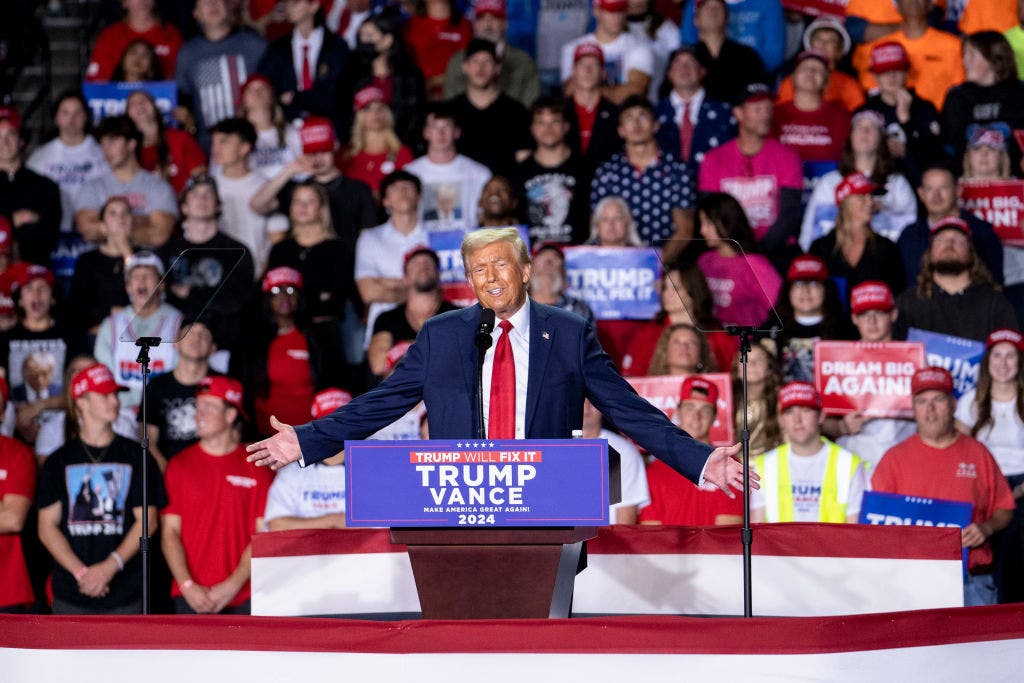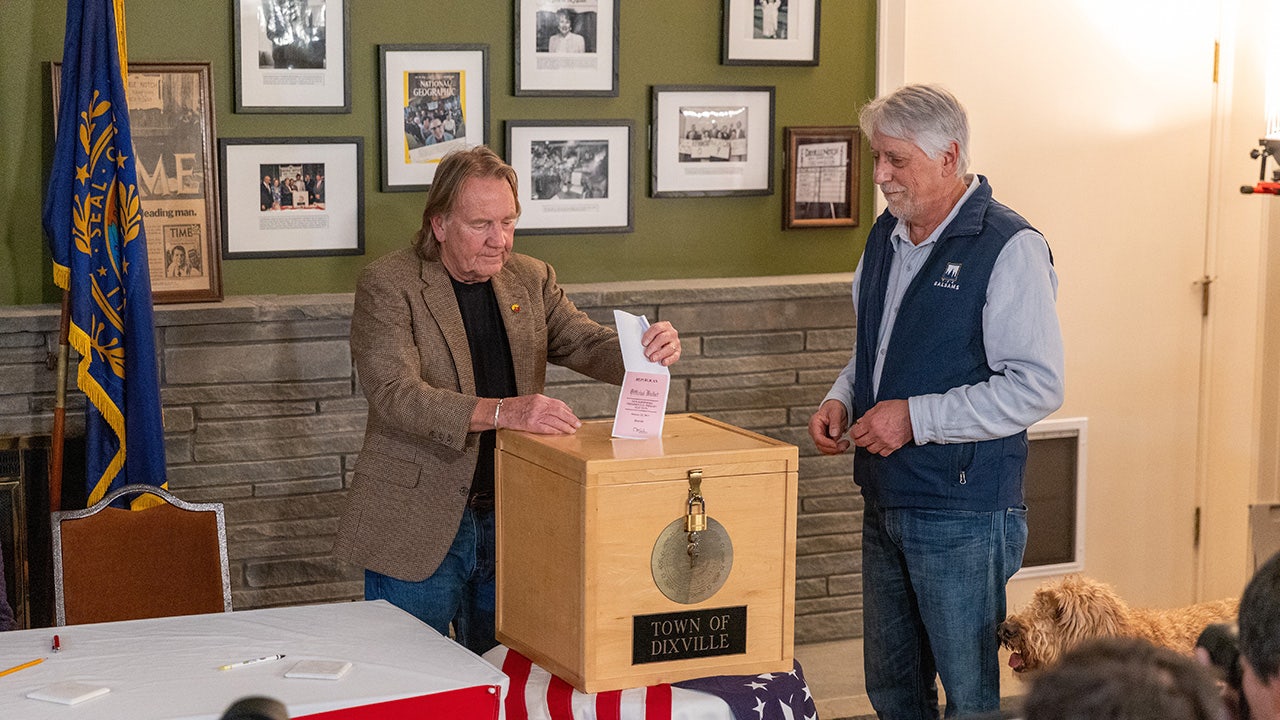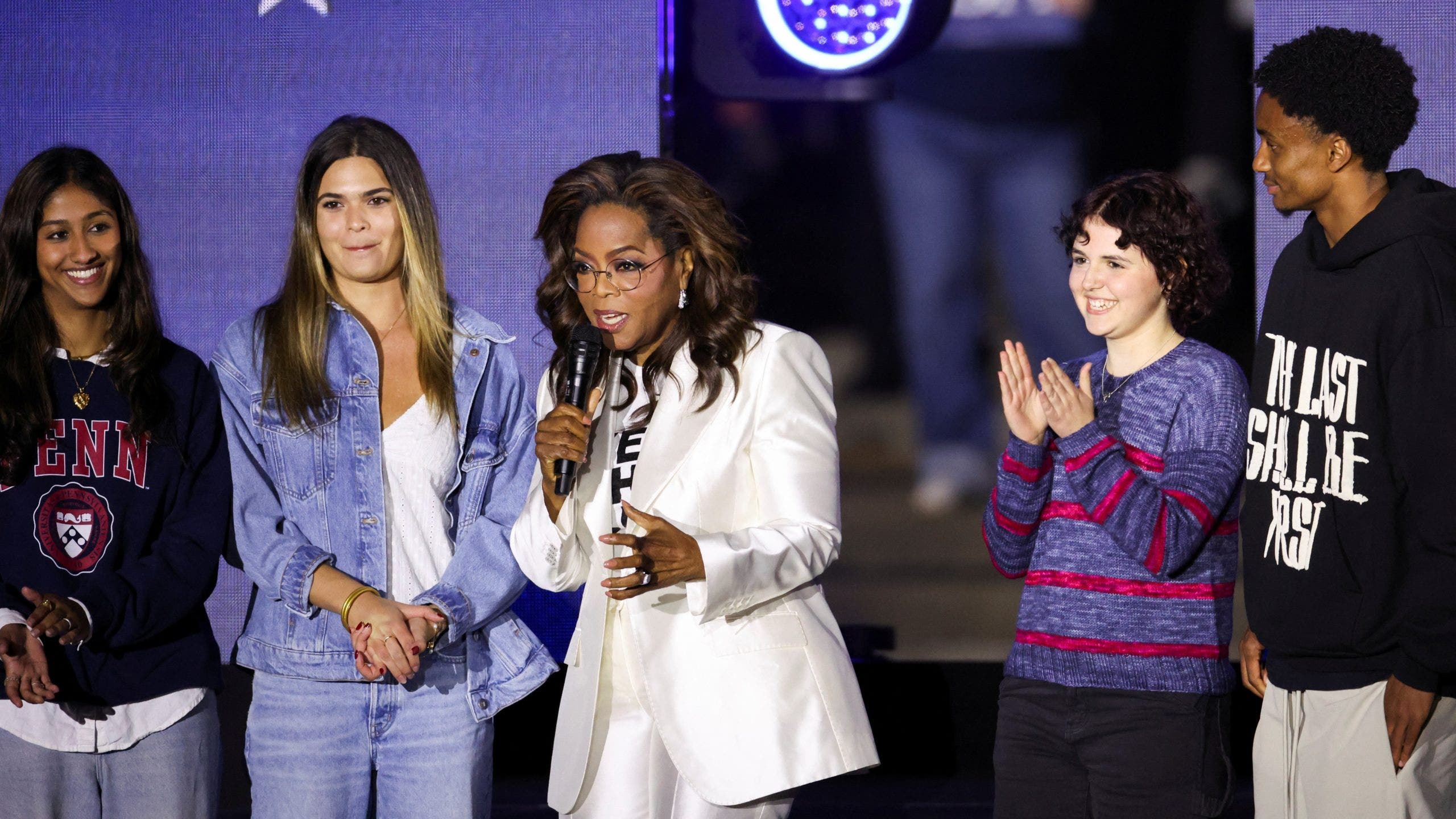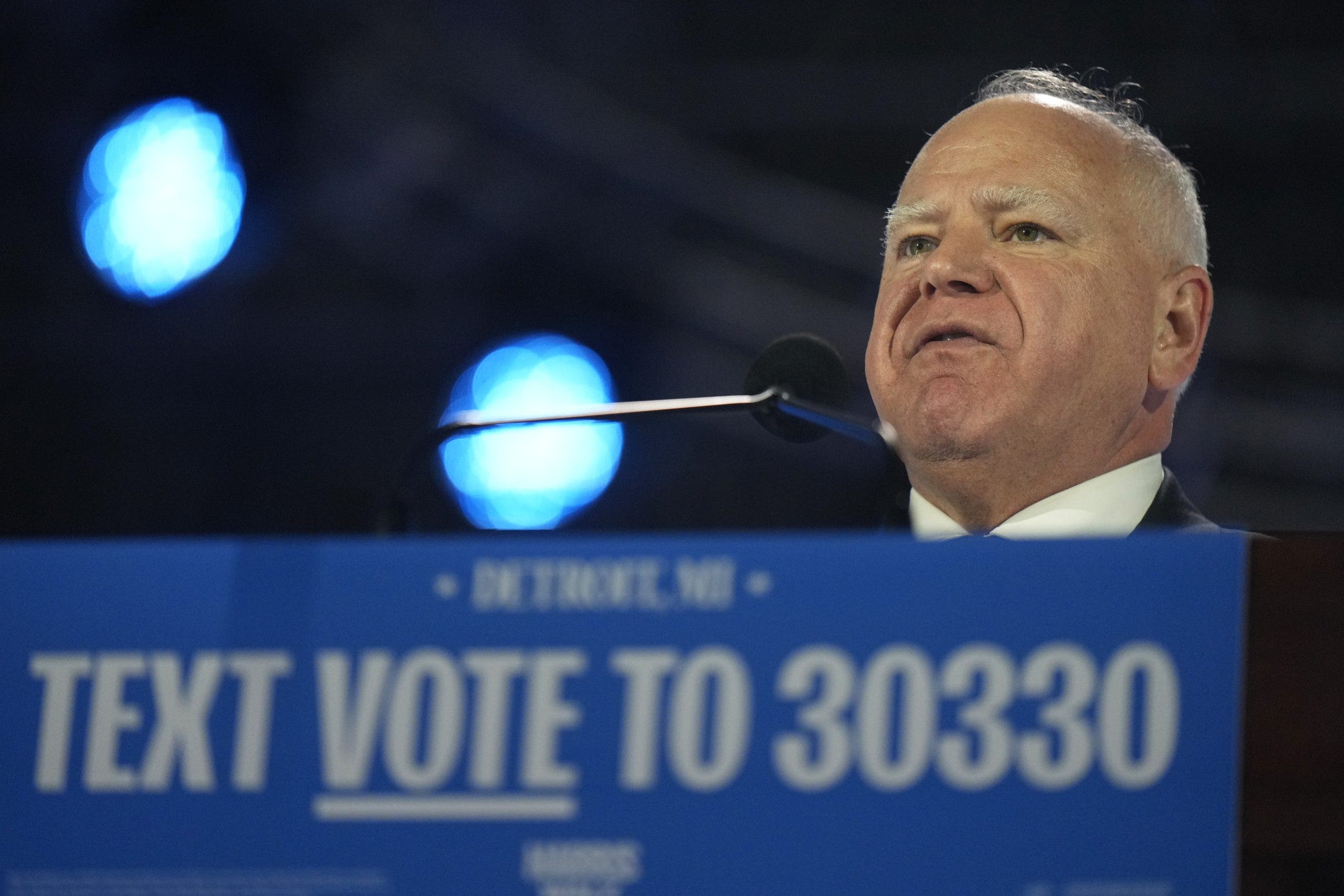A Hawaii middle school has been ripped for doling out biased class materials that critics say accuses former President Donald Trump of wanting to stamp out democracy — and spins Vice President Kamala Harris in a more favorable light.
The outrage erupted after students at Kapolei Middle School, just outside Honolulu, were given a two-page document that attempted to compare where the Republican and Democratic presidential candidates stood on six key issues — including democracy and immigration, Hawaii News Now reported.
Under the issue of democracy, Trump was described as trying to “overturn the 2020 election” while his Democratic rival was painted as someone who simply “wants to keep our country a democracy.”
Despite the ongoing immigration crisis plaguing the US, Harris was praised for hiring “more people to watch the border” and limiting “how many people can move to the US.”
Trump, meanwhile, was described as a candidate who “finds and catches people in the US illegally” and claimed that he just “takes children away from their parents.”
The slanted class materials sparked controversy among some parents who suggested their kids are being taught to view Trump in a negative light.
“Very upset,” one parent, Angel Morales, said after learning the document had been handed out to the youngsters.
“I think teachers should do their job as teachers stick to education and not politics.”
“I thought it was a little biased. I don’t think that it is right especially at that age level,” another public school parent, Natasha Heffernan, told the outlet.
The graphic was put together by teachers who had tried to dumb down information they obtained from a candidate comparison article published by the New York Times, according to the state’s Department of Education.
Follow The Post’s live blog for the latest updates on the 2024 presidential election
“Recently a Kapolei Middle sixth grade class used an exercise called “It’s a Match,” adapted from a New York Times article, to help students understand the candidates’ positions on key issues,” a DOE spokesperson said.
“Teachers simplified this information to make it accessible for young students, striving to remain factual and unbiased. The intent was to encourage independent thinking and discussion among students, not to promote any particular view.
“We acknowledge that the interpretation and simplification of complex issues can sometimes result in perceived imbalances, particularly when presenting nuanced political topics to younger audiences, but we remain committed to maintaining a balanced learning environment.”
Follow along with The Post’s coverage of the 2024 election
Despite the backlash, some parents praised the school for trying to engage the kids in politics ahead of the election.
“I actually value that because its important to teach students, how do we make informed decisions when we go to the ballot box,” Christine Russo told the outlet, adding that the handout “doesn’t bother me.”
The Hawaii State Teachers Association, too, defended the teaching materials.
“Both the HSTA, Board of Education and the DOE support student discussion of issues that may generate opposing points of view as an important part of the learning process,” a union spokesperson said in a statement.
“Age-appropriate civic education helps students develop a meaningful awareness and respect for the US Constitution and individual rights. It fosters students’ recognition of individual freedom and social responsibility to vote.”
They added: “Teachers create lessons to allow students to study, investigate, process, and develop their own opinions about the world and themselves.”














